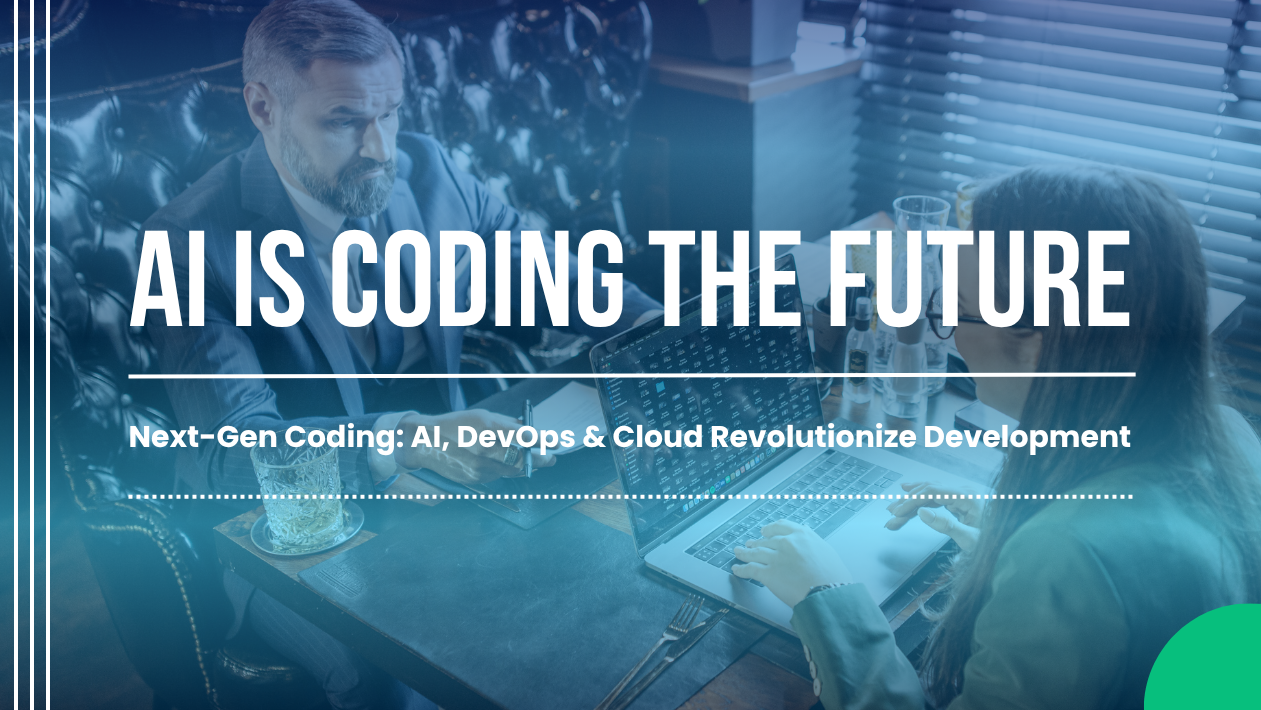Introduction
The evolution of cloud infrastructure is shifting from virtual machines to serverless computing—a model where provisioning, scaling, and infrastructure management are handled automatically. For B2B companies seeking agility, cost-efficiency, and speed, serverless architecture is redefining the game.
What Is Serverless Computing?
Despite the name, “serverless” doesn’t mean no servers. Instead, it means developers no longer need to manage them. Cloud providers like AWS Lambda, Google Cloud Functions, and Azure Functions handle the infrastructure while businesses focus purely on code and functionality.
The Serverless Advantage for Infrastructure
Serverless infrastructure allows dynamic allocation of compute resources. There’s no idle server, no need for manual scaling, and no infrastructure maintenance. This “compute-on-demand” model brings operational excellence and cost control, particularly for unpredictable workloads.
Revolutionizing Scalability
Traditional cloud infrastructure scales based on predefined rules, but serverless can auto-scale instantly—ideal for APIs, microservices, and real-time analytics. Enterprises deploying SaaS platforms or handling fluctuating client traffic can benefit immensely from this responsiveness.
Built-In Redundancy and High Availability
Serverless offerings come with fault-tolerant infrastructure built in. The architecture is designed to automatically replicate functions across availability zones, ensuring your application stays online even when hardware fails.
Ideal Use Cases for B2B Applications
Serverless is particularly useful for backend tasks like data transformation, webhook processing, CRM event handling, or microservices in a multi-tenant B2B SaaS application. Its event-driven nature aligns perfectly with enterprise integration.
Cold Starts and Latency Considerations
One limitation of serverless is “cold start” latency. However, advances like AWS Lambda SnapStart and Google’s pre-warmed instances significantly reduce response time, making serverless viable even for near-real-time services.
Infrastructure as Code (IaC) in Serverless
IaC tools like the Serverless Framework, AWS SAM, and Terraform enable you to define infrastructure declaratively. This is critical for B2B environments where reproducibility, compliance, and security are non-negotiable.
Cost Control and Billing Transparency
Serverless charges based on usage—per request or compute time—making it more predictable than traditional servers. No overprovisioning. No waste. This aligns well with cost-conscious B2B operations aiming to optimize ROI.
Event-Driven Security
Security in a serverless world must evolve. Fine-grained IAM, code scanning tools like Snyk, and runtime protection from tools like Datadog or AWS GuardDuty help protect function-level infrastructure in event-based architectures.
Serverless and Edge Computing
A new frontier in serverless is combining it with edge computing. Platforms like Cloudflare Workers or AWS Lambda@Edge allow code execution closer to users, improving latency-sensitive applications like personalization and real-time recommendations.
Real-World Enterprise Case Studies
Companies like Netflix, Slack, and iRobot are leveraging serverless to deliver resilient, responsive, and cost-effective solutions. Their architectures reveal a common theme: microservice decomposition and infrastructure agility.
Challenges in Serverless Adoption
Despite its promise, serverless has its drawbacks—vendor lock-in, complexity in monitoring, and limitations in runtime customization. B2B firms must evaluate use cases carefully before wholesale adoption.
Best Practices for Serverless Infrastructure
Focus on:
- Breaking systems into small, independent services
- Adopting observability tools like OpenTelemetry
- Using managed queues and triggers effectively
- Embracing fail-fast development cycles
How The Tech Whale Leverages Serverless
At The Tech Whale, we help clients transition to serverless platforms by assessing readiness, designing event-driven workflows, and managing cloud-native deployments—all while ensuring performance and cost control.
Future of Serverless in Infrastructure
Expect serverless platforms to evolve with better cold start handling, expanded runtime support (e.g., Rust, Go), and tighter integration with AI pipelines. Serverless is no longer just a feature—it’s becoming a foundation.
Conclusion Serverless computing is revolutionizing cloud infrastructure. It enables rapid scaling, cost-efficient development, and fault-tolerant architecture—making it a compelling model for B2B innovation.





